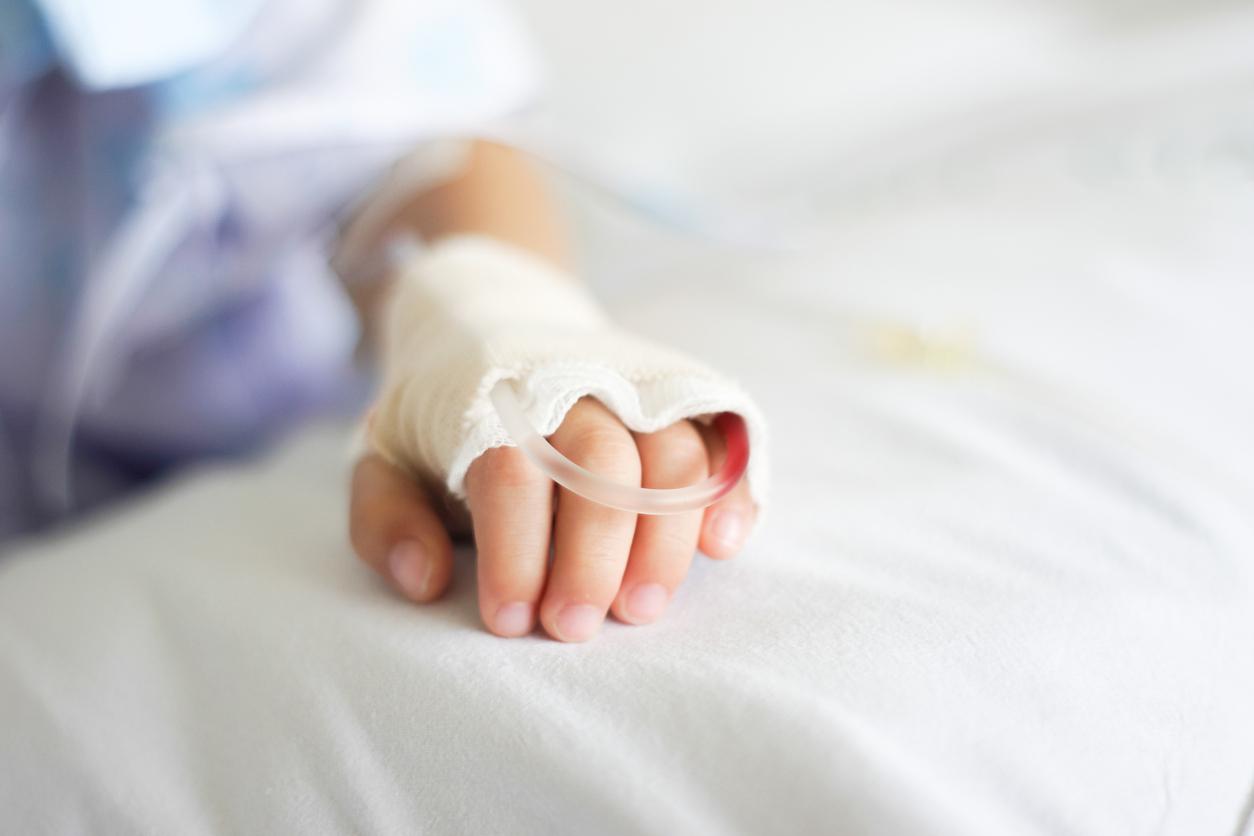The Reims University Hospital announced the death of a patient who contracted rabies after being injured by a cat during a trip to a Maghreb country.

- Rabies is a viral disease, which systematically leads to the death of the patient.
- A patient suffering from rabies died at the Reims University Hospital. She had been injured by a cat during her stay in a Maghreb country.
- In France, the last indigenous case of human rabies dates from 1924.
Every year, nearly 59,000 deaths caused by rabies are recorded worldwide, particularly in Asia and Africa, according to the Pasteur Institute. This viral disease, which is constantly fatal, is mainly transmitted to humans following a bite, scratch or lick on a wound or damaged skin of an animal contaminated with rabies (dog, cat). , fox, bat).
Patient dies from rabies
On Monday, October 9, a woman affected by rabies died at the University Hospital Center (CHU) in Reims, according to a press release from the establishment. This patient went to the emergency room after being injured by a cat during a trip to a Maghreb country. “Saturday October 7, 2023, a man and a woman presented themselves to the emergency room of the Reims University Hospital Center. Both were injured by a cat in a Maghreb country a few weeks earlier. Upon treatment, the team medical identified that the patient presented clinical signs compatible with a suspected diagnosis of rabies. Despite rapid treatment in intensive care, the patient died on Monday October 9, 2023.” said the CHU. The Pasteur Institute, which is the National Reference Center for Rabies (CNRR), confirmed the diagnosis of rabies on Wednesday October 11.
Concerning the other patient, he was asymptomatic. He therefore received prophylactic post-exposure vaccination, which helps prevent rabies after exposure to an animal suspected of being rabid. At present he is no longer hospitalized. In 2022, 2,391 people received this vaccine in a French anti-rabies center including 62.2% of people who were exposed abroad.
Rabies: how to react in the event of contact with a suspicious animal?
Unlike Asia and Africa, the epidemiological situation of rabies is “very favorable since the beginning of the 21st century” in Western Europe. France has been notably free from rabies in non-flying terrestrial mammals (excluding bats) since 2001. The last case of human and acquired rabies in mainland France dates back to 1924, indicated the Pasteur Institute.
However, it is important to remember that we must avoid approaching wild animals in the world (bats, monkeys, etc.) and not touch or feed domestic animals in countries where dog rabies is not present. not controlled (Asia, America, but also in the Middle East and South America, etc.).
Several recommendations should be followed in the event of contact with a suspicious animal (scratch, bite, licking on a wound or damaged skin). It is particularly recommended to wash the affected area with soap and water, for, if possible, 15 minutes. The wound must also be disinfected. Must also “consult a doctor at an anti-rabies center as quickly as possible in order to assess the need to implement appropriate post-exposure prophylaxis (vaccination, possibly with serotherapy)”, said the Reims University Hospital.



-1740653386.jpg)













